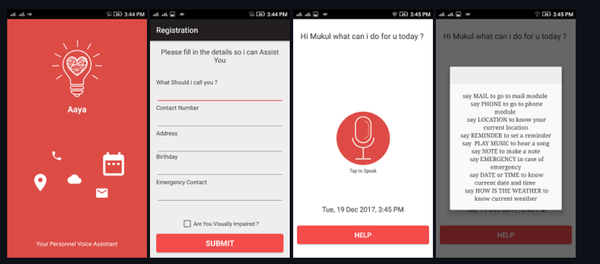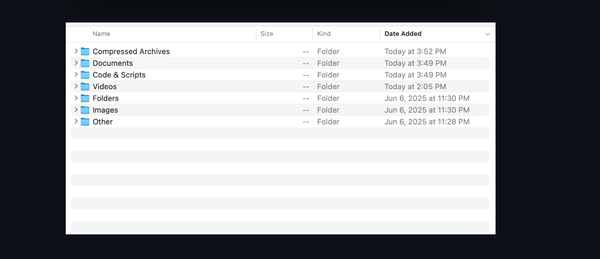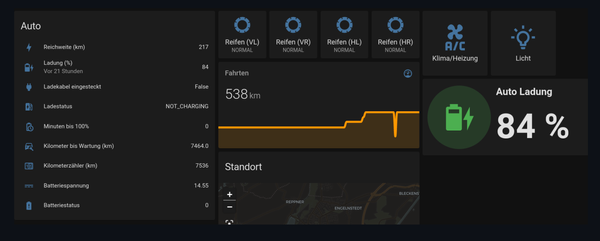The Future of Medicine is Here: How Microsoft’s MAI-DxO Could Transform Diagnostics (And Why Doctors Should Lead the Way)
Table of Content
As a doctor and an AI enthusiast, I’ve always believed that the most powerful innovations in healthcare come when clinicians lead the way, not just as users of technology, but as its co-creators. That’s why I was deeply intrigued by recent news from Microsoft about their new AI diagnostic tool called MAI-DxO, which has shown astounding performance: diagnosing complex medical cases with up to 85.5% accuracy, compared to just 20% for experienced physicians.
This isn’t science fiction, it’s based on real-world case studies from the New England Journal of Medicine (NEJM), one of the most respected sources in clinical medicine. These aren’t simple "common cold" cases; they’re some of the most challenging diagnoses faced even by seasoned specialists.
What is MAI-DxO?
MAI-DxO stands for Microsoft AI Diagnostic Orchestrator. Unlike traditional AI models that give a single answer after being prompted once, MAI-DxO functions more like a virtual panel of expert physicians working together. It doesn't rush to a conclusion. Instead, it:
🔹 Evaluates symptoms
🔹 Asks follow-up questions
🔹 Orders tests strategically
🔹 Reassesses findings step-by-step
🔹 Considers cost-effectiveness
🔹 And finally delivers a diagnosis
In essence, it mimics how a team of doctors would approach a tough case — collaborating, questioning each other, and refining hypotheses over time.
Why Is This Tool Needed?
Let’s be honest: healthcare today faces a crisis. Demand is rising, costs are skyrocketing, and access remains unequal. In many parts of the world, including my own region, patients face long waits, limited specialist availability, and often receive inaccurate or delayed diagnoses.
Even where resources exist, diagnostic errors remain alarmingly common. Studies show that 1 in 20 adults in the U.S. experiences a diagnostic error annually, and many of these occur in primary care. Now imagine having a tool that could help reduce those errors — not just slightly, but significantly.
Microsoft’s research shows that MAI-DxO correctly diagnosed 4 times more cases than human experts across 304 complex NEJM cases. Not only that, but it did so at a lower average cost — sometimes dramatically so.
Take this example:
A patient presented with neurological symptoms after alcohol withdrawal.
- Physicians and standard AI models suspected antibiotic poisoning.
- They ordered expensive tests like MRI and EEG.
- The final diagnosis was incorrect.
MAI-DxO, however, simply asked:
“Did you consume anything unusual during your hospital stay?”
The patient replied:
“Yes, hand sanitizer.”
That led directly to the correct diagnosis — alcohol withdrawal complicated by ingestion of ethanol-based hand sanitizer — at a total cost of $795, versus thousands spent by the human-led team.
This is not about replacing doctors. It's about augmenting clinical reasoning with AI that understands how to ask the right questions, avoid unnecessary tests, and arrive at accurate conclusions faster.
What Makes MAI-DxO Different?
Here’s what sets MAI-DxO apart from typical AI tools used in medicine today:
🧠 A Collaborative Approach
Instead of relying on a single model, MAI-DxO uses multiple AI agents, each playing a distinct role:
- One generates hypotheses
- One selects diagnostic tests
- One challenges assumptions
- One monitors costs
- One reviews decision quality
This mimics how a multidisciplinary team works in real hospitals — and that’s revolutionary.
💡 Sequential Reasoning, Not Guesswork
Most AI tools in medicine today work like chatbots — they take a prompt and spit out a response. MAI-DxO goes deeper. It follows the clinical workflow: initial presentation → question → test → result → revised hypothesis → diagnosis.
This kind of stepwise, evidence-based reasoning is closer to how doctors think — and does it better.
💰 Cost-Aware Decisions
One of the biggest surprises in Microsoft’s study? AI didn’t just diagnose better — it did so more affordably. That’s because MAI-DxO includes a built-in agent that evaluates the cost of each diagnostic step. In contrast, human doctors often order multiple tests without fully considering financial implications.
This is crucial in low-resource settings, where every test counts and every dollar matters.
Why Doctors Must Be Involved in AI Development
As both a clinician and a developer, I can say this clearly: AI should not be built for doctors — it must be built with them.
We need more clinicians involved in:
- Designing AI systems
- Training and validating models
- Defining ethical boundaries
- Creating benchmarks grounded in real-world medicine
Tools like MAI-DxO are exciting, but they’re still in the research phase. Before they can be trusted in real clinics, we need rigorous testing, regulatory oversight, and — most importantly — clinical leadership.
I encourage all healthcare professionals to get involved in AI. Whether you're a general practitioner, a radiologist, or a nurse — your expertise is needed now more than ever. Join local AI clubs, attend conferences, collaborate with engineers, and start shaping the future of medicine.
Final Thoughts
MAI-DxO represents a turning point. It’s not just another AI tool — it’s a glimpse into a future where human intuition meets machine precision. A future where:
- Patients get faster, more accurate diagnoses
- Clinicians have smarter tools to support decision-making
- Healthcare systems become more efficient and affordable
But this future won’t build itself. It needs doctors, nurses, pharmacists, and allied health professionals who understand medicine deeply — and are ready to shape the tools that will transform it.
The goal is not to replace doctors.
It’s to empower them.
To augment their knowledge.
To make sure no patient gets missed — and no diagnosis gets delayed.
Let’s embrace AI — not as a threat, but as a partner.
Because the future of medicine isn’t just about machines.
It’s about people.
Doctors included.
Know more about this cool projects, here!









